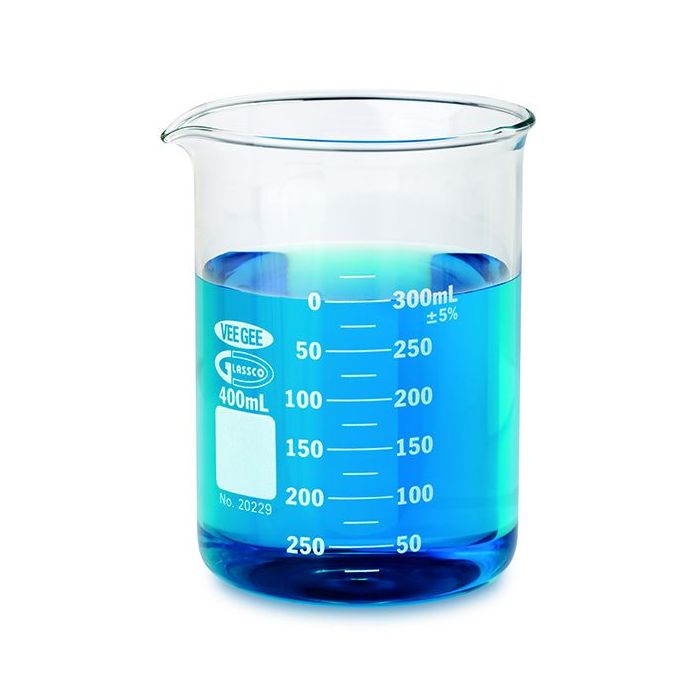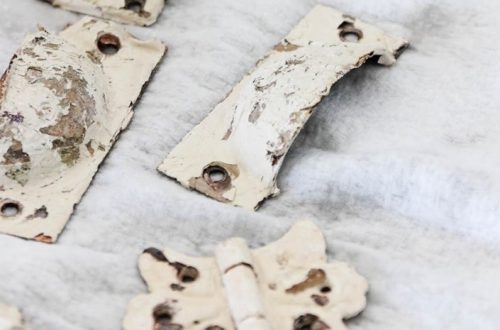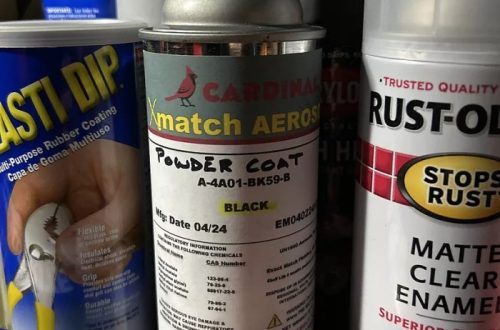Introduction to Laboratory Heating Methods
Heating is a fundamental process in a lab setting. It’s key for many experiments. Understanding different heating methods is crucial for safety and success. This guide will look at various heating options for solutions. We’ll discuss flammability, equipment, and optimal beaker use.
We’ll cover safe heating of flammable liquids too. Lab safety is our top priority. We’ll explore how equipment like hotplates, water baths, and more can be used. We’ll also look into controlled boiling methods. For example, we’ll consider steam baths for safety with flammable liquids.
We’ll dig into the use of beakers for heating solvents. Beakers are commonly used due to their ease and convenience. However, they have limitations, and sometimes other containers might be better. We’ll go over when and why that’s the case. The goal is to help you choose the best beaker for heating solutions.
Knowing when to use other equipment is also important. For instance, heating mantles work well with round flasks. We’ll also discuss safety tips. They will help you avoid accidents when using beakers or any other heating method.
Lastly, we’ll touch on ways to enhance beaker usability. Adjustable platforms can help maintain the correct temperature. Follow along as we explore selecting the best beaker for heating your solution.

Evaluating the Properties of Solutions for Heating
Before heating any solution in a beaker, assess its properties. Identifying key characteristics will guide the choice of beaker. Consider solution type, volume, and the temperature it must reach. Also, weigh the stability and reactivity of the solution at higher temperatures. These factors shape beaker selection.
Look at the solvent’s boiling point. This will affect how heat is applied. For high-boiling liquids, a direct flame might be okay. But for low-boiling solvents, indirect heating is safer. Understand the thermal conductivity of your solution. It impacts how evenly it heats in a beaker.
Account for the solution’s viscosity. Thick solutions need different handling than thin ones. They may require slower heating or a different beaker shape. Consider the duration of heating. Quick processes might use a simple setup. Longer heating benefits from a more stable platform.
By evaluating these properties, you can choose the right beaker. This ensures consistent results and maintains lab safety.
The Role of Flammability in Heating Solutions
Flammability is a critical factor in laboratory safety. When heating solutions, understanding this property can prevent dangerous situations. Flammable liquids, mainly organic compounds, can ignite near heat. So we must handle them with extra caution. The risk is not uniform. Some solvents are less flammable, like certain halogenated liquids. However, we must assume flammability as a general rule.
Choosing heating methods hinges on a solvent’s flammability. If a solvent is very flammable, direct heat sources like Bunsen burners are less ideal. Instead, safer options like steam baths or heating mantles come into play. These lower the chances of ignition by providing indirect or controlled heating.
When heating flammable solutions, we avoid open flames as a heat source. This reduces risks. For safer procedures, we use equipment with shields or automatic cut-offs. They offer protection if the solvent’s temperature nears its flash point.
We should also consider evaporation rates. Volatile liquids evaporate quickly and pose more risk. Their vapors can spread and find ignition sources easily. A lab should use proper ventilation to handle these risks.
In short, we must treat all heating exercises with respect for flammability. By doing so, we keep the lab safe for everyone. The best heating choice will balance efficacy with safety. Always assess the risk and pick the method that minimizes it.

Advantages of Using Beakers for Heating Solutions
Beakers are a go-to for heating in labs. They’re simple, quick, and versatile. This is why so many chemists reach for them first. Here we explore the distinct benefits beakers provide when heating solutions.
One big plus is their wide opening. This allows for easy stirring and addition of materials. It also promotes even heat distribution. Ensuring that your solution heats consistently is crucial for dependable results.
Beakers are also transparent. You can clearly see the solution as it heats. Monitoring color changes and reactions becomes much easier.
Furthermore, they’re typically made from borosilicate glass. This type of glass resists thermal shock well. It can move from hot to cold without cracking. Durability means repeat use without worry.
They come in varied sizes, too. Whether you need to heat a small sample or a large volume, there’s a beaker for the job. This flexibility is invaluable for diverse experiments.
Lastly, beakers are cost-effective. They provide a practical solution with minimal investment. For routine heating tasks, where precision isn’t the priority, they’re an economic choice.
In summary, beakers are favorable for heating because they’re easy to use, allow for direct observation, resist thermal shock, offer size variety, and are budget-friendly. As simple as they are, beakers bring a lot to the lab table.
Considerations for Controlled Boiling in Beakers
When heating solutions, controlling the boiling process is essential for safety and accuracy. Here are key factors:
Understanding ‘Bumping’
‘Bumping’ occurs when a liquid rapidly boils and causes splashing. It can lead to burns or fire.
Preventing Bumping
To avoid it, we use boiling stones or a stir bar. They promote steady bubbling and prevent superheating.
Beaker Material
Choose borosilicate glass for its thermal endurance. It resists sudden temperature changes better.

Heating Source
For controlled boiling, use an electric hot plate. It offers consistent heat without open flame risks.
Volume of Liquid
Do not overfill beakers. Allow room for boiling. A good rule is to fill only half the beaker.
Gradual Heating
Increase the temperature slowly. It helps avoid sudden boiling and potential hazards.
By paying attention to these factors, we achieve safe and controlled boiling in beakers.
Alternatives to Beakers: Other Heating Equipment
While beakers are common for heating solutions, other equipment may be more suitable for certain tasks. This section covers some alternatives to beakers that offer specific advantages for heating in the laboratory setting.
Heating Mantles
Heating mantles provide a uniform heat distribution for round-bottom flasks. This is crucial when heating volatile or high-boiling point substances.
Hot Plates
Hot plates deliver controlled and even heating, making them ideal for prolonged heating periods. They’re safer for flammable liquids as they don’t have open flames.
Water, Sand, and Oil Baths
These baths offer indirect and gentle heating. They’re perfect for substances needing precise temperature control.
Steam Baths
For flammable liquids, steam baths are a safe choice. They reduce the risk of ignition while delivering consistent heat.
Bunsen Burners
For non-flammable and quick heating tasks, Bunsen burners work well. They’re best for substances with a low risk of flammability.
Each piece of equipment has its place in the lab based on the solution’s properties and the desired heating method. Choosing the right one ensures safety and optimizes the heating process.

Safety Measures When Heating Solutions in Beakers
When heating solutions in beakers, safety comes first. Here are essential measures to take:
Use the Right Beaker Material
Select borosilicate glass beakers. They withstand high temperatures and sudden changes better.
Maintain Safe Filling Levels
Never fill a beaker to the brim. Half-full is the safe standard to prevent spillage and allow room for boiling.
Gradual Temperature Increase
Raise heat slowly to avoid rapid boiling or ‘bumping’. Sudden temperature rises can lead to accidents.
Use Boiling Stones or Stir Bars
Add these to your solution for even boiling and to prevent bumping. They provide nucleation sites for gas bubbles.
Monitor Continuously
Keep a close watch on the solution as it heats. Look for signs of overheating or unexpected reactions.
Keep Flammables Away
Store flammable substances far from the heating area. This reduces the risk of fire.
Prepare for Emergencies
Know your lab’s safety procedure. Have a fire extinguisher and safety shower accessible.
By following these steps, you protect yourself and others. You also ensure the heating process stays controlled and safe.
Optimizing the Use of Beakers with Adjustable Platforms
When heating solutions, precise temperature control is vital. Adjustable platforms can help achieve this. They allow you to alter the beaker’s height above the heat source. Let’s look at the ways to optimize beaker use with these platforms.
The Benefits of Using Adjustable Platforms
Adjustable platforms offer several benefits. They provide stable support for your beaker. You can fine-tune the heating by raising or lowering the platform. This is crucial for maintaining a uniform temperature. It also helps prevent direct contact with the heat source. This can help avoid overheating and reduce the risk of bumping.

Types of Adjustable Platforms
Lab jacks are the most common type of adjustable platform. They are easy to use and offer precise control. However, they can be pricey. Alternatives include stacking blocks or a ring stand with a wire mesh. These can be more cost-effective and still give you the stability needed.
Tips for Using Adjustable Platforms
Always ensure your platform is stable before placing a beaker on it. Secure it well to prevent tipping or wobbling. Adjust the height slowly, avoiding any sudden moves. Keep in mind that the distance from the heat source will affect the heating rate. Using a thermometer can help you monitor and maintain the correct temperature.
Safety Considerations
Keep all flammable materials away from the heating area. Use platforms that can handle the beaker’s weight when full. Check the platform regularly for any wear or damage. And always follow lab safety guidelines.
By using adjustable platforms, you enhance beaker utility for heating solutions. They help you maintain a consistent temperature. This leads to more reliable results. They also add a layer of safety by preventing direct contact with heat sources. This can be especially important when working with flammable solutions.
Conclusion: Making an Informed Beaker Selection for Heating
Choosing the right beaker for heating solutions is crucial. We’ve explored different heating methods and equipment. Let’s recap the key points to remember.
Consider the solution’s properties before picking a beaker. Look at the volatility, flammability, and temperature needs. Flammability plays a significant role in lab safety. Use indirect heating for flammable liquids to cut down risks.
Beakers offer transparency and simplicity for heating tasks. They’re good for quick processes and easy monitoring. But controlled boiling in beakers needs careful attention. Avoid ‘bumping’ with boil stones or a magnetic stirrer.
Remember, other equipment might be better for specific scenarios. Heating mantles, hot plates, and baths can offer safer or more precise heating. Always think of safety first. Use borosilicate glass to withstand heat. Keep the beaker half-full and increase heat slowly. Add a stirring mechanism for even heating.
Adjustable platforms can boost beaker use. They result in steady temperatures and add an extra safety layer. In conclusion, choose a beaker that balances effectiveness with safety. Match the beaker and heating method to your solution’s needs. Doing so will ensure successful and safe heating in the laboratory.




